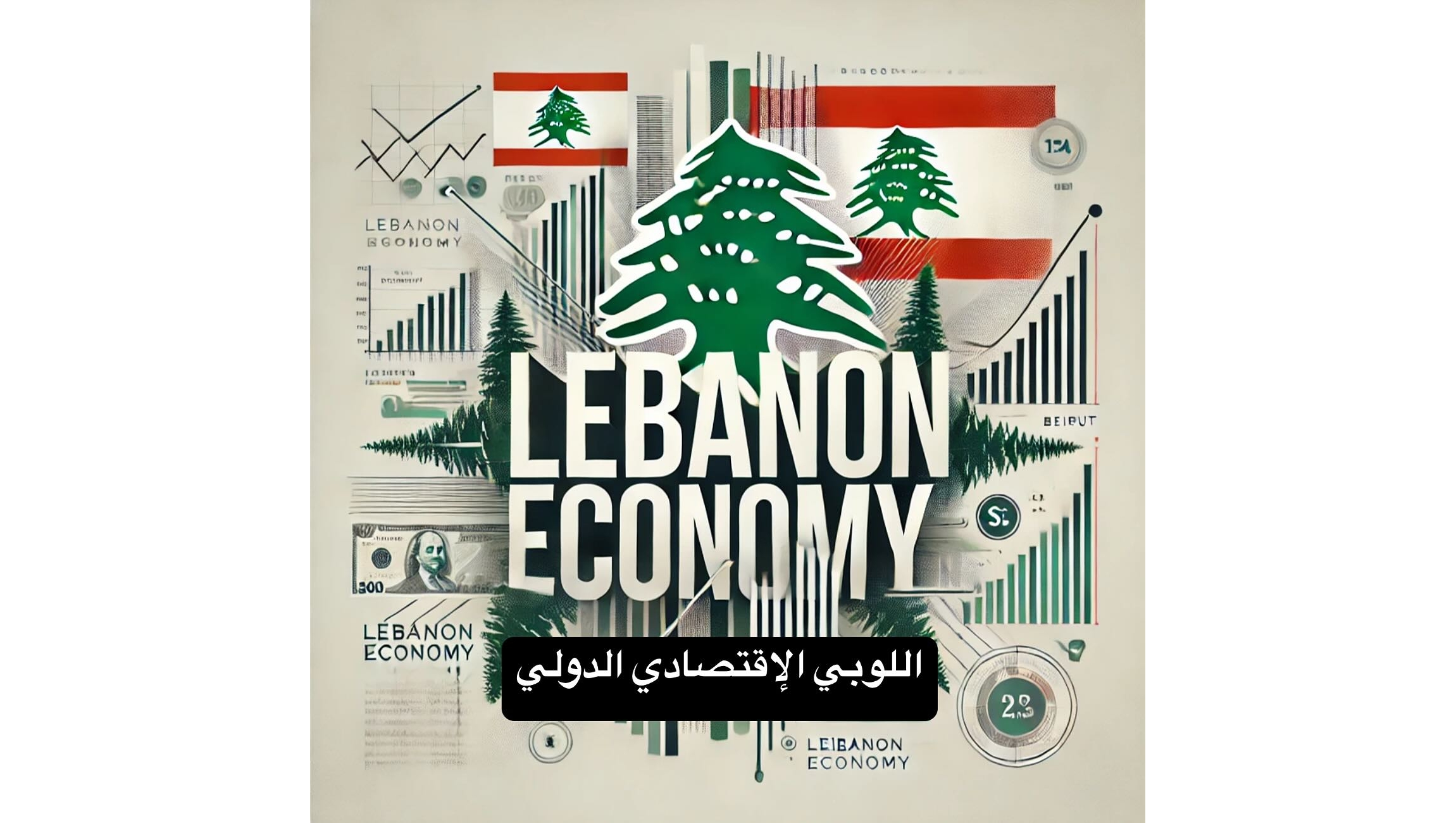altahadiyat alaqtisadiat mae aiqtirab eam 2025 38 / 5,000 Economic Challenges Approaching 2025
The Lebanese economy faces significant challenges heading into 2025, with the economic downturn continuing and financial crises worsening. Reports indicate that real GDP has declined by more than 38% since 2019, exacerbating the economic crisis. 
The economic downturn is expected to continue in 2025, with estimates indicating a 0.9% contraction, equivalent to a loss of $4.2 billion in net consumption and exports. This decline is attributed to several factors, most notably the mass displacement of the population, the destruction of infrastructure, and the decline in private consumption, which represents a large percentage of GDP. 
Despite these challenges, there are some positive indicators. The year 2024 witnessed relative stability in the dollar exchange rate, and an improvement in the balance of payments. The decision of the Central Bank of Lebanon not to lend to the state and to amend taxes and fees also led to a financial surplus of 0.2% of GDP. 
However, significant challenges still await Lebanon in 2025. The country’s inclusion on the FATF’s grey list places an additional burden on the authorities, requiring enhanced measures to combat money laundering and terrorist financing. In addition, the need to finance reconstruction after recent conflicts is increasing pressure on the economy, especially given the difficulty of obtaining international financing due to negative ratings. 
Under these circumstances, the Lebanese are looking forward to electing a new president and forming a government capable of implementing necessary economic reforms. Opinion polls indicate that 74% of Lebanese expect a new president to be elected in 2025, while only 35% believe that confidence in the government will improve compared to 2024. 
In conclusion, the Lebanese economy in 2025 faces significant challenges that require concerted efforts between the government, the private sector, and civil society, in addition to the support of the international community, to put the country on a path of sustainable growth and restore economic stability.
 English
English Arabic
Arabic